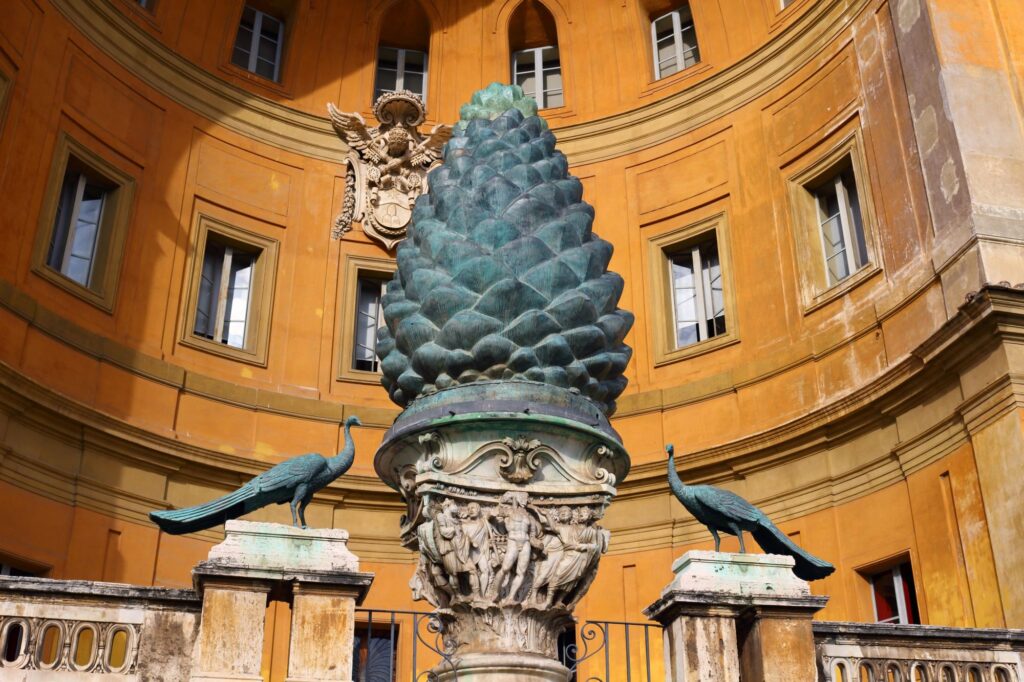Stucco is Ancient History

Though stucco hasn’t been used in the making of Calgary’s historic homes, stucco is a building material with a long and rich history that dates back thousands of years. Its use as a siding material can be traced to various civilizations throughout history. Here’s a brief overview of the history of stucco siding:
Ancient Origins: The origins of stucco can be traced to ancient civilizations, including the Egyptians, Greeks, and Romans. These cultures used stucco as a versatile construction material, applying it to the exteriors of buildings for both functional and decorative purposes. In these early applications, stucco was often made from a mixture of lime, sand, and water.
Renaissance and Baroque Eras: Stucco continued to be a popular building material during the Renaissance and Baroque periods in Europe. Italian and Spanish architects and artisans used stucco extensively to create intricate facades, ornate decorations, and sculptures on buildings. The technique of applying stucco to create decorative patterns and relief work became highly refined during this time.
Colonial America: Stucco was introduced to the American colonies by European settlers, particularly in regions with Spanish and Mediterranean influences, such as California and the southwestern United States. Adobe homes in the American Southwest often featured stucco exteriors due to its suitability for arid climates.
19th Century: Stucco gained popularity in the United States during the 19th century as a siding material for various architectural styles, including Victorian and Greek Revival. It was favored for its durability and ability to replicate the appearance of more expensive stone and masonry materials.
20th Century: Stucco remained a popular siding choice throughout the 20th century, especially in regions with mild climates. It was used in a wide range of architectural styles, from Mediterranean and Spanish Colonial Revival to Mid-Century Modern homes.
Modern Era: Today, stucco siding continues to be used in both traditional and contemporary architectural designs. Modern stucco is typically made from a mixture of cement, sand, and water, offering increased durability and resistance to cracking compared to traditional lime-based stucco. It can be customized with various textures and colors to suit a wide range of architectural preferences.
While stucco has a long history as a siding material, its composition and application techniques have evolved over time to meet the changing needs of construction and architecture. Modern stucco siding is known for its versatility, durability, and ability to provide both aesthetic appeal and weather protection to buildings in various climates.
